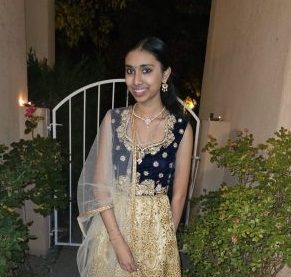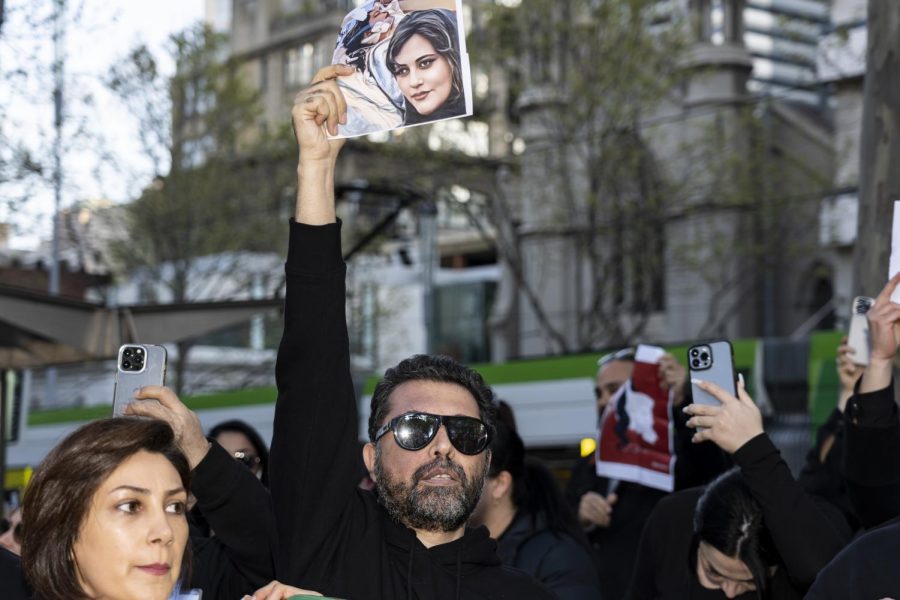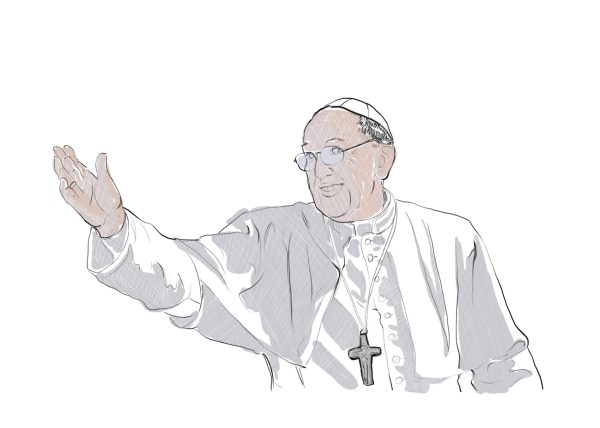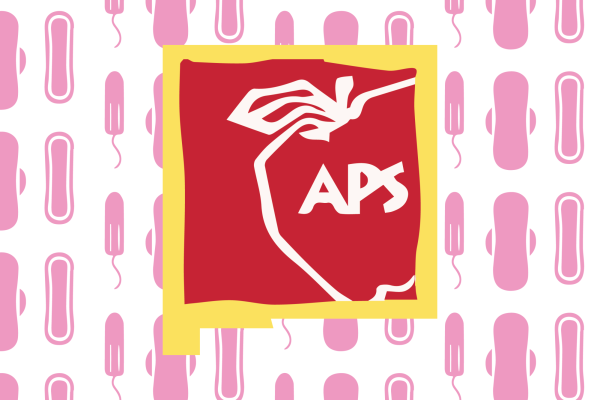Elnaz Rekabi Now a Symbol of the Protests in Iran
Get the scoop on the tumultuous few weeks in Iran – and what added fuel to the fire.
Matt Hrkac from Geelong / Melbourne, Australia, CC BY 2.0
Hijabs have been a symbol of Islam for centuries. They are meant to signify allegiance to the religion, and have become a recognizable facet of the identity of Muslim women. When European colonizers tried to “westernize” Middle Eastern countries (like Iran) and pressure Muslim women into removing their hijabs, wearing one, for some, was a way to take back their culture. In 1979, under the new Islamist government in Iran, a strict dress code was created in which hijabs were a necessity. And if a woman didn’t follow this dress code? Well, she’d be disproportionately punished for her “crime.” The drastic changes in narrative around hijabs are not due to the scarves themselves, but the government that controls them.
On September 16, a young Iranian woman named Mahsa Amini was detained for not wearing her hijab properly. The 22 year old died later that month in the custody of the country’s morality police. Her death has sparked protests across Iran about not only the morality police, but also against the Islamic law that rules the country. Women are burning their hijabs and cutting their hair in opposition to the morality police’s grip on Iranian society. This is the 6th week of the protests.
There have been hundreds of casualties over the course of the demonstrations as Iranian officials try to suppress the protesting. Ali Khamenei, the Supreme Leader of Iran, has even accused the protests of American and zionist designs to destabilize Iran’s government. They come at a tumultuous time in Iran’s history, already facing economic hardships because of sanctions placed on it by foreign powers.
Iranian rock climber Elnaz Rekabi was recently drawn into the movement. At the IFSC Climbing Asian Championships in South Korea, Rekabi became the first Iranian woman to ever compete without a hijab, though the 1983 law maintains that women who are representing Iran in foreign countries must abide by the rule as well. Global attention has been brought to Rekabi’s actions, and she has since been hailed as a symbol for the movement.
While the Iranian officials around Rekabi tried to deal with the issue without alerting the general public, reports of her treatment have surfaced. On her way back to Iran, Rekabi’s passport and cell phone were reportedly taken away from her by Iranian authorities. Rekabi was also allegedly placed under house arrest upon her return to Tehran and was also taken away by the morality police.
When asked about the event, Rekabi gave a seemingly stilted response that her hijab had “accidentally” fallen off while she was climbing. Her online presence has also been reflective of this statement, as she has not acknowledged the fact that she competed without a hijab. Instead, Rekabi has thanked well-wishers while posting photos of a previous climbing competition in Moscow, in which she is pictured with her headscarf on.
Human rights groups and supporters of the movement have voiced concerns that Elnaz Rekabi is being coerced by the Iranian government into supporting hijab laws. Reports have stated that Rekabi was being threatened by the confiscation of 100 million IRR, and the occupation of her family’s property unless she made a forced confession concerning the competition. Events like these only justify that Iranian women are being silenced, and have made protestors even angrier. This is the largest series of protests that have happened in Iran against the theocratic government since 2009. The movement that we’re seeing right now may actually produce some palpable change, as so many Iranians are involved.
While many Muslim women view wearing hijabs as a steadfast reminder of their faith, others simply don’t want to wear the headscarf. Women are disproportionately targeted by the morality police, and in the case of Mahsa Amini, die because of a disagreement about how an article of clothing should be worn. Other women, like Elnaz Rekabi, are intimidated into supporting the government’s policies. Hijabs are meant to be an expression of religious freedom, yet are used as another way for authorities to oppress Iranian women. And when these same women stand up for their rights, they are attacked. The point of the covering is so that Muslim women are recognized. Yet today, the symbol of the hijab is used by the government of Iran to punish them.

Anagha joined the Advocate in 9th grade, and has been an engaged member since, writing articles spanning news, opinion, and of course, school and local....








K.Ramadrvi • Dec 11, 2022 at 1:02 am
అనఘా,
విషయాన్నంతా క్లుప్తంగా, చక్కగా చెప్పావు.ఇలాగే నీ రచనా వ్యాసంగాన్ని కొనసాగించు.
Devarakonda Sharma • Dec 10, 2022 at 10:33 am
Nice portrayal Anagha. Well researched. Keep posting.